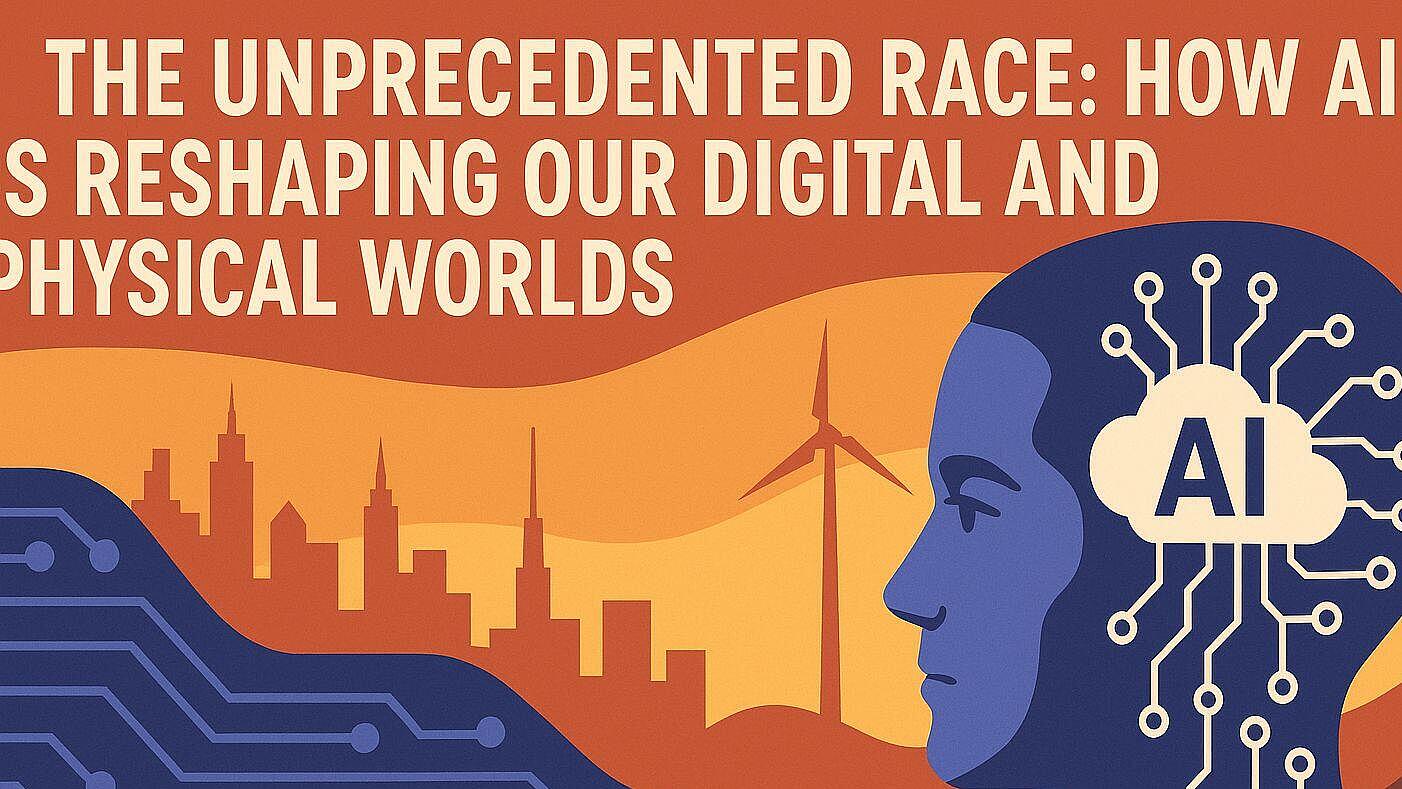 Renewable Energy
Renewable EnergyData centers aren't the energy hogs we thought
Summary
Researchers developed the most detailed model to date of global data center energy use. The model provides a more nuanced view of data Center energy use and its drivers. More efforts are needed to better monitor energy use moving forward, lead author says. Support for the study came from the U.S. Department of Energy and Leslie and Mac McQuown, and UC Santa Barbara contributed to the work. Additional researchers from Northwestern University, Lawrence Berkeley National Laboratory, Koomey Analytics, andUC Santa Barbara contribute to the study. By releasing the model, the team hopes to catalyze more research activity on this important topic
The research appears in Science.org. To see the study, visit Futurity.org's Web site: www.futurity.com/sustainable energy use/sustaining- energy- efficiency-related news.com. Back to the page you can visit the website. You can also visit the site. You could get the research.
Open full article
Data centers aren't the energy hogs we thought
Although demand for data has increased rapidly, massive efficiency gains by data centers have kept their energy use roughly flat over the past decade, researchers report.
The researchers caution, however, that the industry and government shouldn’t let the results lull them into complacency.
To find their results, the researchers developed the most detailed model to date of global data center energy use. The model provides a more nuanced view of data center energy use and its drivers. That will enable the researchers to make policy recommendations that can help society better manage this energy use in the future.
DATA CENTERS AND ENERGY EFFICIENCY
“While the historical efficiency progress made by data centers is remarkable, our findings do not mean that the IT industry and policymakers can rest on their laurels,” says lead author Eric Masanet, chair in sustainability science for emerging technologies and a faculty member in the University of California, Santa Barbara’s Bren School of Environmental Science & Management. Masanet was formerly an associate professor at Northwestern University, where he conducted the work.
“We think there is enough remaining efficiency potential to last several more years. But ever-growing demand for data means that everyone—including policymakers, data center operators, equipment manufacturers, and data consumers—must intensify efforts to avoid a possible sharp rise in energy use later this decade,” he says.
Filled with computing and networking equipment, data centers are central locations that collect, store, and process data. As the world increasingly relies on data-intensive technologies, the energy use of data centers is a growing concern.
“Considering that data centers are energy-intensive enterprises in a rapidly evolving industry, we do need to analyze them rigorously,” says study coauthor Arman Shehabi, a research scientist at Lawrence Berkeley National Laboratory.
“Less detailed analyses have predicted rapid growth in data center energy use, but without fully considering the historical efficiency progress made by the industry. When we include that missing piece, a different picture of our digital lifestyles emerges,” Shehabi says.
3 RECOMMENDATIONS FOR POLICYMAKERS
To paint that more complete picture, the researchers integrated new data from numerous sources, including information on data center equipment stocks, efficiency trends, and market structure. The resulting model enables a detailed analysis of the energy used by data center equipment (such as servers, storage devices, and cooling systems), by type of data center (including cloud and hyperscale centers), and by world region.
The researchers conclude that recent efficiency gains made by data centers have likely been far greater than those observed in other major sectors of the global economy.
“Lack of data has hampered our understanding of global data center energy use trends for many years,” says coauthor Jonathan Koomey of Koomey Analytics. “Such knowledge gaps make business and policy planning incredibly difficult.”
Addressing these knowledge gaps was a major motivation for the research team’s work. “We wanted to give the data center industry, policymakers, and the public a more accurate view of data center energy use,” says Masanet.
The researchers also translated their findings into three recommendations for policymakers that can help mitigate future growth in data center energy use:
- Extend the life of current efficiency trends by strengthening IT energy standards such as ENERGY STAR, providing financial incentives, and disseminating best energy efficiency practices;
- Increase research and development investments in next generation computing, storage, and heat removal technologies to mitigate future energy use, while incentivizing renewable energy procurement to mitigate carbon emissions in parallel;
- Invest in data collection, modeling, and monitoring activities to eliminate blind spots and enable more robust data center energy policy decisions.
“The reality is that more efforts are needed to better monitor energy use moving forward,” Masanet says, “which is why we’ve made our model and datasets publicly available.” By releasing the model, the team hopes to catalyze more research activity on this important topic.
The research appears in Science.
Support for the study came from the US Department of Energy and Leslie and Mac McQuown. Additional researchers from Northwestern University, Lawrence Berkeley National Laboratory, Koomey Analytics, and UC Santa Barbara contributed to the work.
This article was previously appeared at Futurity.org



